Photography basics: ISO, Aperture, Shutter speed
The exposure triangle sound like a fancy name for a spy movie but in fact is a term used for the three most fundamental elements of exposure: ISO, shutter speed, aperture.
Creating a good exposure means that you have to balance all the three elements above. As soon as you decide to change an element you have to compromise on the other two.
The trick is to fine tune the elements until you get the exposure you want, not what the camera tells you that is correct.
First things first, let's see what ISO, shutter speed and aperture are and what exactly do they do.
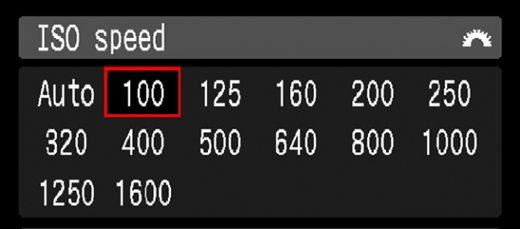
This setting tells your camera sensor how sensible it has to be to light. A low ISO value is used when there is plenty of light while a high ISO value is used for low light situations.
Having a high ISO comes with some consequences. A photo taken at a high ISO value will have a lot of grain also called noise and might not be usable. So, brightening a photo only by using ISO values might be a set back. You should raise your ISO when you can't brighten an image by using aperture or shutter speed.
Some of the most common ISO values
- ISO 100 (low ISO)
- ISO 200
- ISO 400
- ISO 800
- ISO 1600
- ISO 3200
- ISO 6400
- ISO 12800(high ISO)
Aperture= think of it like the human eye. The iris in your eyes either expands or shrinks depending on how bright or dark a scene is. The same principle applies to the lenses, except that the iris is called aperture.
Aperture has several effects on the images you take. The most important of them is brightness. As the blades of the aperture close, they let in less and less light leading to an underexposed image. A wide aperture (open blades) lets in more light to the sensor resulting in an overexposed image.
The other effect that the aperture has on your images is depth of field. What is depth of field you may ask? Well, it's how much of your image is sharp, in focus. Some images have a shallow depth of field, where the background is completely out of focus and other images have a large depth of field meaning that the image is sharper from front to back.
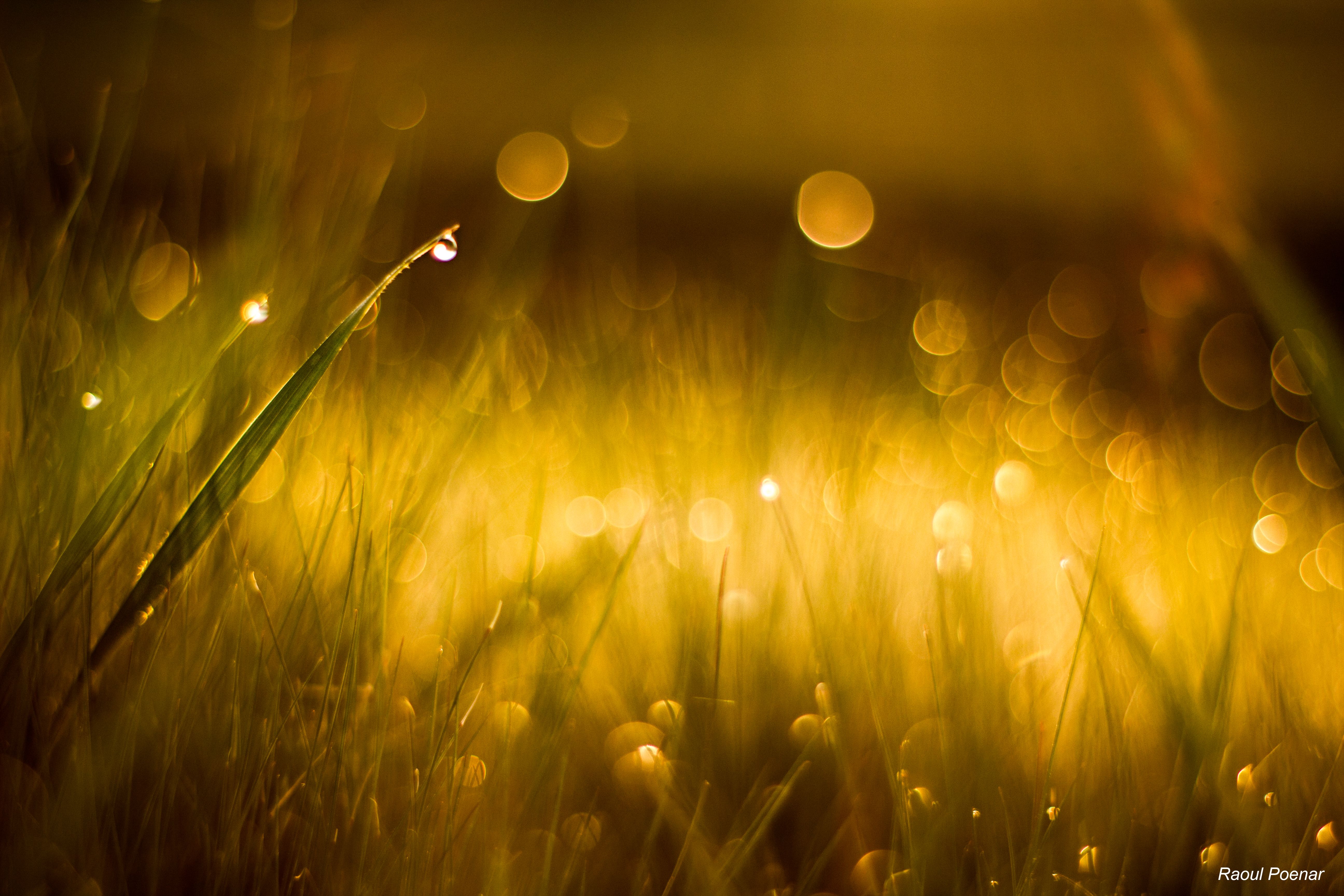
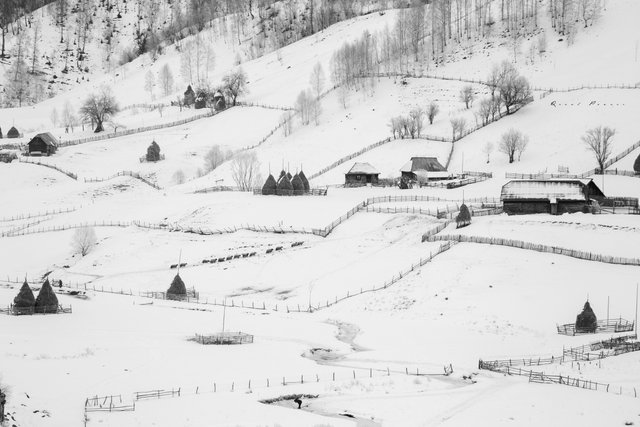
The aperture is measured in F stops.
Most likely, you have noticed on the back of your camera some values that look a lot like this: f/1.8, f/3.5, f/5.6 and so on. So, the F stops is a way to measure how wide is the aperture. A lens with a maximum aperture of f/1.4 is considered a fast lens.
Take a look at this chart (image courtesy of Wikipedia )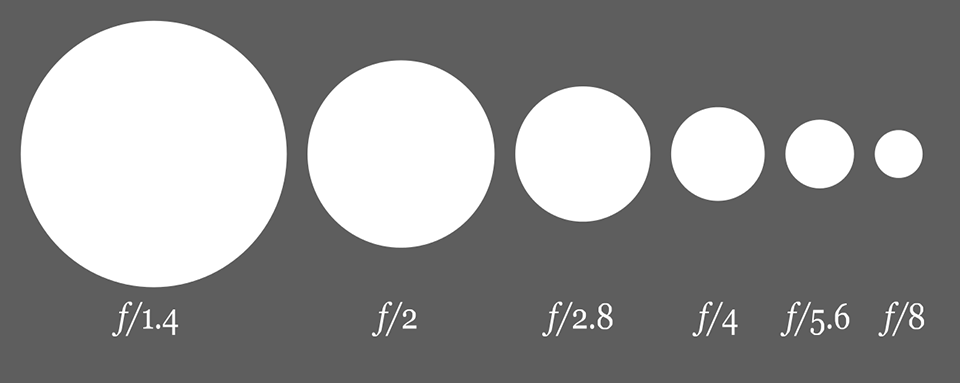
And now for the confusing part: the size of the aperture.
Apertures can be large or small. A large aperture has a small value (ex f/1.4) and a small aperture has a high value (ex f/22).
Confusing?
Let's take an example.
An aperture of f/1.4 is larger than an aperture of f/2.0. It's counterintuitive but it's a basic fact in photography.
An aperture of f/1.4 will result in a out of focus background (also called bokeh) while an aperture of f/22 will result in a sharp image from front to back
Picking the right aperture depends on what you're shooting, depends on lighting conditions, etc. Not all lenses are capable of apertures as large as f/1.4. Some of them are as wide as f/3.5. A large aperture equals a pricey lens.
Shutter speed
The shutter speed comes from the camera's shutter.
Shutter= imagine it like a curtain in front of your camera's sensor. When you don't use the camera, the shutter stays closed. When you photography it opens for a longer or shorter period of time letting more or less light reach the sensor.
Shutter speed is the length of time your camera shutter is open, exposing light onto the camera sensor.
A longer shutter speed means that the sensor is exposed to light for a longer period of time. This has some serious effects on your image.
One of the most common effects is motion blur. That means that if you have a subject that is moving it will end up blurred. Slow shutter speeds are mostly used in photographing waterfalls to get that silky water look.
Fast shutter speeds do the opposite, they freeze motion resulting in sharp subjects.
Shutter speed is measured in fractions of a second when they are under a second (ex 1/10th of a second).
Most modern DSLR's can handle shutter speeds of up to 1/4000th of a second or for the mirrorless cameras even greater than 1/8000th of a second. On the other hand, the longest available shutter speed of a DSLR's is 30 seconds. You can use a longer shutter speed by using a remote trigger.
In the end it's up to you how you use these three elements but remember that one affects the others.
Want a long exposure of a waterfall? Use a ISO of 100, an aperture of f/22 and a shutter speed of more than a second.
Want to have a person in focus and the back out of focus? Use f/2.0 and dial the ISO and shutter speed according to the light available.
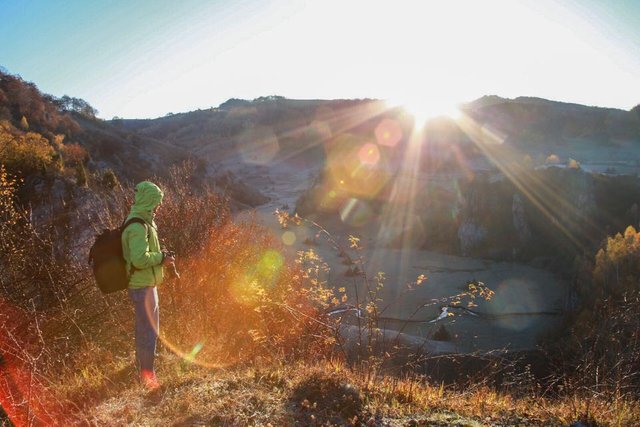
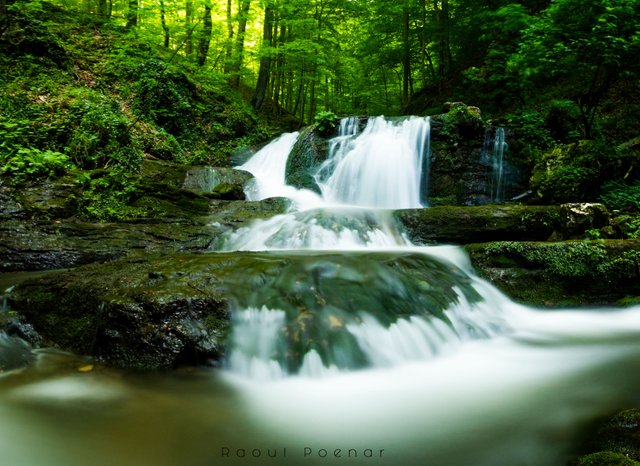
@raoul.poenar, would you like to be a judge in the Simple Sunday (minimalist photography) Nature Photo Contest on March 11? :)
See more info about the contest at these links:
https://steemit.com/photofeed/@shadalene/introducing-the-nature-photo-contest
https://steemit.com/naturephotocontest/@shadalene/mountains-photo-gallery-1-mountainsmonday-winners-trees-tuesday-contest-open
It would be my pleasure! :)
So glad to hear! Could you please send me a short bio (one-two sentences) to [email protected] when you have a chance? That way we can connect and talk more via email. Thank you! :)
Yeah, sure, I'll send it to you as soon as I get home from work :)
This is a very good post for a beginner to read!! I read it all! also bookmarked it:p
Thanks so much! I'll be doing an ongoing series about photography :)
You got a 1.39% upvote from @buildawhale courtesy of @raoul.poenar!
If you believe this post is spam or abuse, please report it to our Discord #abuse channel.
If you want to support our Curation Digest or our Spam & Abuse prevention efforts, please vote @themarkymark as witness.